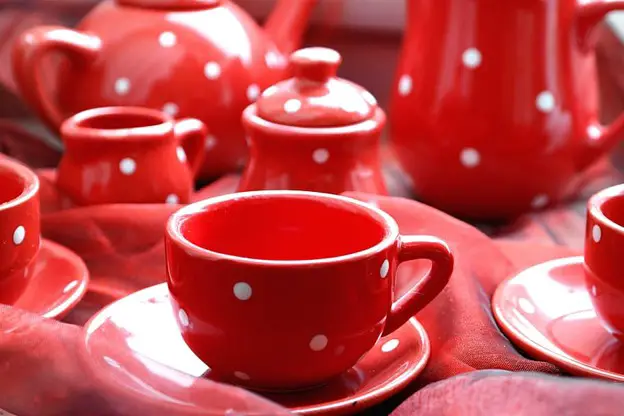Are you wondering if iron oxide can be added directly to clay and not just via glazing or under-glazing? Well, it sure is possible but there is an elaborate process to get it just right. Iron oxide doesn’t mix well with clay and might cause cracks in the clay body during the firing process. To blend iron oxide with clay, one must use water along with a good quality Soldner clay mixer to create a homogenous mixture. So, now that you know whether you can add iron oxide to clay, let us get into the details of creating a uniform iron oxide and clay mixture.
How Does A Soldner Mixer Help Mix Iron Oxide And Clay?
Soldner clay mixer is a machine popularly used by pottery artists and studio owners to ensure efficient mixing of clay and other additives. This works perfectly for iron oxide that doesn’t blend well with clay due to its finely powdered and dry texture. Moreover, this compound also tends to clump together which can affect the way it mixes with clay. This uneven distribution can cause color variations as well as affect the final output.
Clay is comprised of fine mineral particles that are bound by water. However, to create a homogenous mixture with iron oxide, it has to be thoroughly dispersed and integrated with the clay particles. Yet, this process can be particularly challenging as it requires a surplus amount of manual effort to successfully break down the iron oxide clumps and distribute it evenly within the clay.
With the Soldner clay mixer, you can ease the iron oxide and clay mixing process. The rotating blades and augers within the mixer help break down the clumps and aid in creating a homogenous mixture with even pigment distribution. This way, you can create a large batch with predictable performance and color for the final output.
While using a Soldner mixer is the preferred way for faster and better output, you can also try other methods to achieve this if you don’t have access to this machine.
Wedging
Wedging is a common method used to mix clay with iron oxide. However, this would work well only if you are working with a small and manageable batch. When working with a large batch, the repeated folding and stretching would make it a tedious task and after all that work, you might not even be able to spread out the iron oxide properly within the clay.
Slip Mixing
Another popular way to mix iron oxide and clay is to opt for the slip mixing method. Start by creating a separate batch of clay slip by adding dry clay to water. Now, add the powder of iron oxide to this slip mix and stir it until the pigment is dispersed evenly. Let this mixture sit for some time. This will cause the unmixed iron oxide to settle at the bottom and then you can stir it again until the iron oxide is completely mixed. This mixture can be fused with the required clay body via spraying, pouring, and stirring.
Dry Mixing
Dry mixing is a great way to achieve uniform results with clay and iron oxide. However, for this method to be successful, the iron oxide and clay, both have to be in their powdered form. Start by adding the dry iron oxide and clay inside a container with a lid. Once you have securely tightened the lid, shake and roll the container properly to encourage thorough mixing. Open your container and check if the mixture is consistent in color. If not, repeat the process until you see that the clay is consistent. If you are looking for a good quality iron oxide dry mixture, the Color Rare Iron Oxide Pigment is a great choice that yields deeper matte tones with an opaque finish.
Conclusion
Remember that it isn’t always necessary to have a Soldner mixer to create a homogenous clay and iron oxide mixture. Depending on the size and type of your pottery project, you can experiment with any of the above methods. However, among these, wedging is no doubt a time-consuming and tedious method that is suited only for small projects. A preferred option for iron oxide mixing among pottery artists is slip mixing or dry mixing if you don’t have access to a Soldner mixer. So, make sure to experiment with what works best for you.







